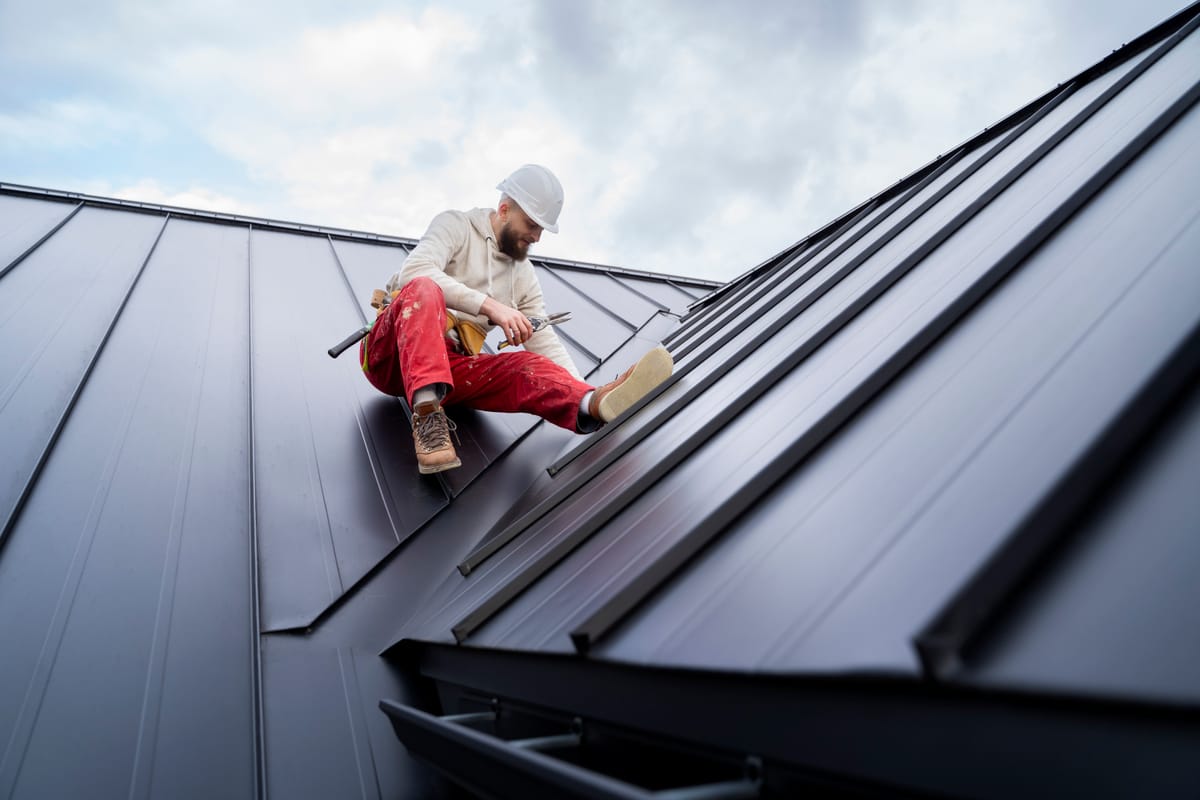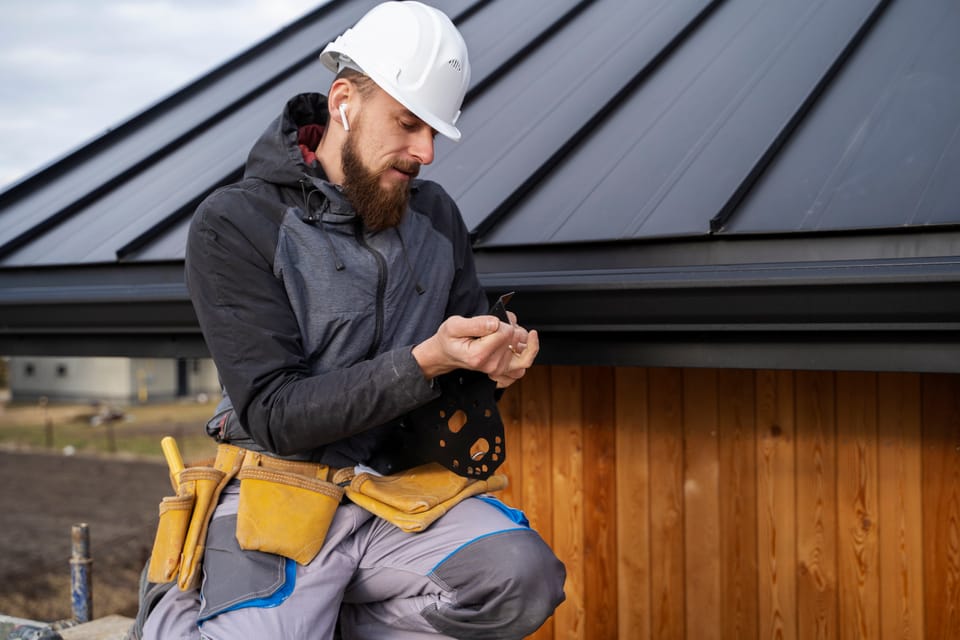11 Roof Repair Tips for Your Tampa, Florida Home

Maintaining your roof is essential, especially in Tampa, where the climate presents unique challenges. High humidity, frequent rain, and hurricane risks mean homeowners should pay extra attention to their roof's condition. Proper upkeep not only extends your roof’s life but also enhances your home's value and energy efficiency. Here are 11 practical tips for roof repair in Tampa, with a focus on how to find the right professionals for the job.
1. Schedule Regular Roof Inspections
Roof inspections are key to catching problems early. Having a professional roofer inspect your roof at least twice a year, ideally in spring and fall, can help you identify and address issues before they worsen. Roof inspectors check for loose or missing shingles, leaks, mold, and other signs of wear, which are often exacerbated by Tampa’s frequent storms.
2. Clean Gutters and Downspouts
Clogged gutters can lead to water pooling around your roof, which can eventually seep under shingles and cause leaks. Clearing your gutters of leaves, dirt, and debris ensures that rainwater flows freely, preventing costly water damage to your home. Consider installing gutter guards to reduce clogs and make cleaning easier.
3. Trim Overhanging Branches
Trees offer shade, but overhanging branches can cause roof damage. Strong winds can cause branches to scrape against your roof, damaging shingles or tiles. Additionally, falling branches can puncture the roof during a storm. Trim any nearby trees to protect your roof from accidental damage and reduce debris.
4. Check for Leaks and Water Stains Inside
Water stains on walls or ceilings inside your home often indicate a roof leak. Any dampness or discoloration, especially in the attic, should be inspected promptly. Ignoring such signs can lead to mold growth and structural damage. After noticing water stains, schedule a professional roof inspection to locate and fix the source of the leak.
5. Replace Damaged or Missing Shingles Immediately
Shingles protect your roof’s structural layers from water and UV damage. Missing or damaged shingles can expose the underlayment, leading to leaks and potential mold growth. Replacing these shingles as soon as you notice an issue helps maintain the integrity of your roof.
6. Ensure Proper Ventilation
Roof ventilation is crucial in Tampa’s humid climate. Good ventilation allows heat and moisture to escape from your attic, preventing mold growth and reducing the risk of rot in wooden structures. Consider installing ridge vents or attic fans if your attic is overly hot or humid.
7. Apply a Roof Sealant
Roof sealant is an effective way to protect your roof from Tampa’s heavy rains. It provides a waterproof barrier, preventing water from seeping into tiny cracks or seams. Various sealants are available depending on your roof type, so ask a roofing professional for recommendations.
8. Address Moss and Algae Growth
Algae, moss, and mold often develop in Tampa’s humid climate. Besides looking unsightly, these growths can trap moisture, causing your roof to deteriorate faster. Roof cleaning solutions or algae-resistant shingles can keep these growths under control. Avoid power-washing, which can damage shingles.
9. Consider Impact-Resistant Shingles
Hurricane season is a serious concern in Tampa. Impact-resistant shingles offer an added layer of protection, as they are designed to withstand high winds and flying debris. While they might cost more initially, these shingles can prevent damage from Tampa’s frequent storms, ultimately saving money on repairs.
10. Perform Routine Flashing Inspections
Flashing is essential for sealing the joints in your roof, such as around chimneys, skylights, and vents. Over time, flashing can become loose or deteriorate, leading to leaks. Regularly inspect flashing and repair or replace it if you notice any rust, gaps, or cracks. Sealing these areas keeps water from entering vulnerable points in your roof.
11. Hire a Professional Roofer
Hiring an experienced roofer is one of the best ways to ensure your roof’s durability and safety. Professionals can quickly identify issues and recommend appropriate solutions, saving you time and money in the long run. When selecting a roofer, consider these tips:
- Verify Credentials: Ensure the roofer is licensed and insured. This provides protection in case of any accidents or mistakes during the repair process.
- Check Reviews and Ask for References: Look up online reviews and ask the contractor for recent client references. A roofer with satisfied clients is more likely to deliver quality work.
- Request a Written Estimate: Obtain a detailed written estimate before work begins. This should include the scope of work, materials to be used, estimated timeline, and total cost.
- Choose Local Contractors: Tampa-based roofing companies are more familiar with local weather patterns and building codes. Hiring locally also makes it easier to contact the roofer in case of future issues.
- Confirm Warranty Options: Reliable roofers offer warranties for their workmanship. Discuss warranty options for both the materials and labor, as this can provide peace of mind and cover repairs if issues arise later.
Professional roofers bring expertise and equipment that DIY efforts may lack. Attempting repairs yourself can often lead to incomplete fixes or further damage, making professional help a wise choice for most homeowners.



